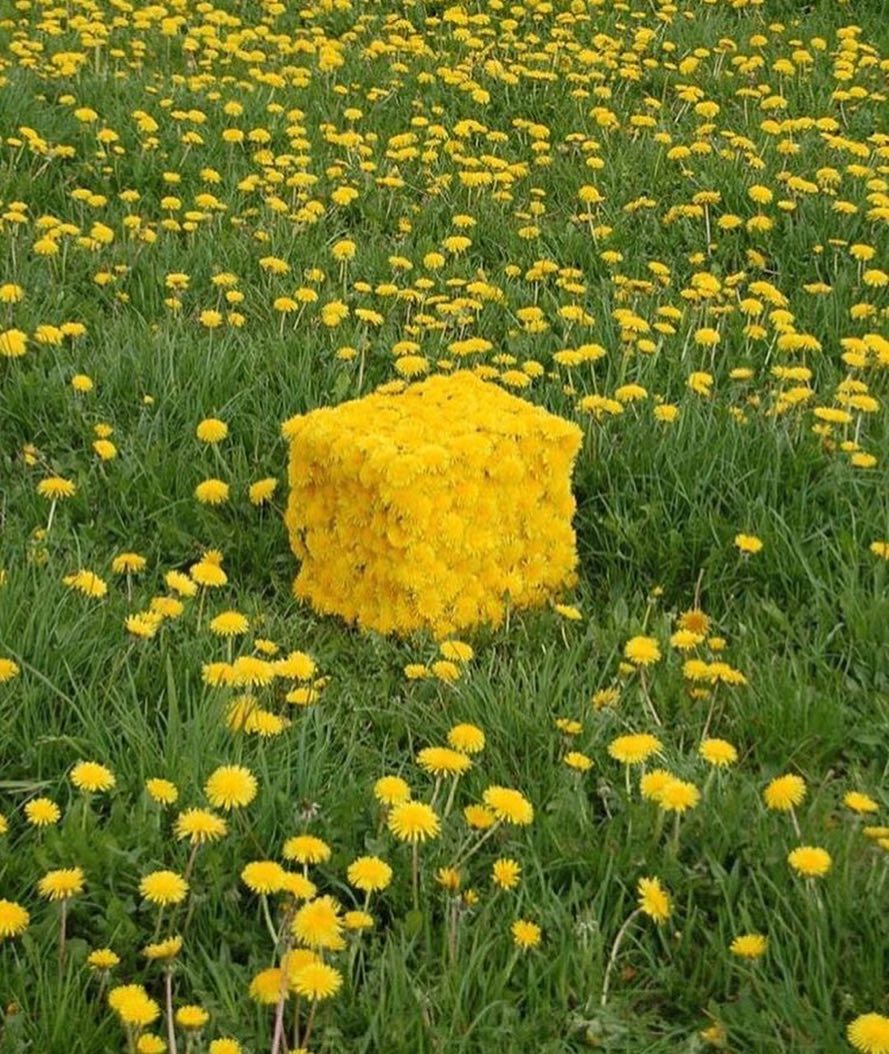Steps to Sustainable House Design
- Brian Vallario
- Nov 19
- 3 min read
Designing a home that respects the environment and performs efficiently is a rewarding challenge. I’ve found that creating an eco-friendly house design is not just about saving energy or using green materials. It’s about crafting a living space that feels good, works well, and lasts for generations. Let me walk you through the essential steps to achieve this.
Understanding Eco-Friendly House Design
Before diving into materials or technologies, it’s crucial to understand what eco-friendly house design really means. It’s about reducing the environmental impact of your home while enhancing comfort and functionality. This includes:
Using resources wisely
Minimizing waste and pollution
Maximizing energy efficiency
Creating healthy indoor environments
When you focus on these goals, every decision you make—from site selection to finishes—supports a sustainable lifestyle.
Site Selection and Orientation
Choosing the right location and positioning your home properly can dramatically improve its performance. Look for a site that offers natural advantages like sunlight, wind patterns, and shade. Orient your home to:
Capture winter sun for warmth
Avoid harsh summer sun to reduce cooling needs
Use natural wind for ventilation
This simple step reduces your reliance on mechanical heating and cooling, saving energy and money.

Materials Matter in Eco-Friendly House Design
Selecting the right materials is a cornerstone of sustainable building. I always recommend materials that are:
Locally sourced to reduce transportation emissions
Renewable or recycled to conserve resources
Durable to extend the life of your home
Non-toxic to improve indoor air quality
For example, reclaimed wood adds character and reduces waste. Insulation made from recycled denim or cellulose keeps your home cozy without harmful chemicals. Concrete alternatives like hempcrete offer excellent thermal performance with a lower carbon footprint.
Energy Efficiency: The Heart of Performance
Energy efficiency is where design meets technology. To create a high-performance home, focus on:
Insulation: Use high-quality insulation in walls, roofs, and floors to keep heat in during winter and out during summer.
Windows: Install double or triple-pane windows with low-emissivity coatings to reduce heat loss.
Air Sealing: Seal gaps and cracks to prevent drafts and improve comfort.
Heating and Cooling: Choose energy-efficient systems like heat pumps or radiant floor heating.
Renewable Energy: Consider solar panels or small wind turbines to generate your own clean power.
These strategies work together to lower your energy bills and reduce your carbon footprint.

Water Conservation and Management
Water is a precious resource, and managing it wisely is part of eco-friendly house design. Here are some practical steps:
Install low-flow faucets, showerheads, and toilets to reduce water use.
Collect rainwater for irrigation or non-potable uses.
Use drought-resistant landscaping to minimize irrigation needs.
Design your site to manage stormwater naturally, preventing runoff and erosion.
These measures not only conserve water but also protect local ecosystems.
Indoor Air Quality and Health
A sustainable home supports your well-being. Good indoor air quality is essential. To achieve this:
Use low-VOC paints, adhesives, and finishes.
Ensure proper ventilation with energy recovery ventilators (ERVs) or heat recovery ventilators (HRVs).
Avoid materials that off-gas harmful chemicals.
Incorporate plants that naturally purify the air.
Healthy indoor environments make your home more comfortable and reduce health risks.
Embracing Smart Design and Technology
Smart home technology can enhance sustainability by optimizing energy and water use. Consider:
Programmable thermostats to adjust heating and cooling efficiently.
Smart lighting systems that turn off when rooms are empty.
Leak detection sensors to prevent water waste.
Energy monitoring tools to track and reduce consumption.
These tools empower you to live more sustainably without sacrificing convenience.
Why Choose Sustainable House Design?
When you commit to sustainable house design, you’re investing in a future-proof home. It’s a choice that benefits the planet, your wallet, and your quality of life. At Offsite, we specialize in creating high-performance homes that blend sustainability with beautiful, functional design. Whether you want a custom plan or a pre-designed option, we help you build a home that performs exceptionally well in the Hudson Valley and greater New England.
Taking the First Step Toward Your Eco-Friendly Home
Starting your eco-friendly house design journey might feel overwhelming, but it doesn’t have to be. Begin by:
Researching local climate and site conditions.
Prioritizing energy efficiency and material choices.
Consulting with experts who understand sustainable building.
Planning for long-term performance and maintenance.
Every small decision adds up. Remember, the goal is a home that feels right, works well, and respects the environment.
Building an eco-friendly home is a journey worth taking. It’s about more than just the structure—it’s about creating a space that supports your lifestyle and values. With thoughtful design and smart choices, you can enjoy a home that’s comfortable, efficient, and kind to the planet. Let’s make your dream of a sustainable, high-performance home a reality.





Comments